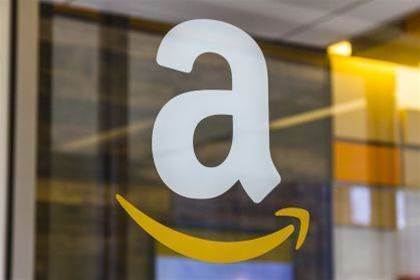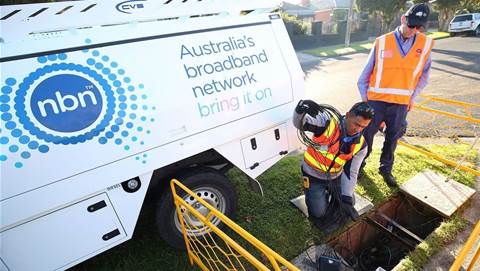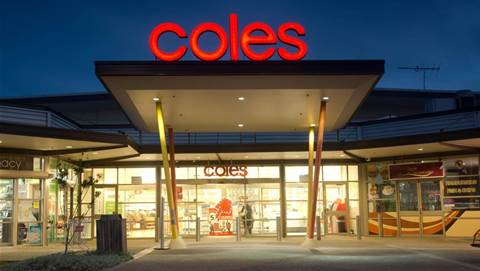It seems the pandemic has caught up with online giant Amazon as its first quarter results show the slowest quarterly growth in years.

After reporting relatively safe numbers for its fourth quarter results earlier this year, its revenue only increased 7 percent to US$116.4 billion in the first quarter, compared with US$108.5 billion in first quarter 2021.
The company’s net loss was US$3.8 billion in the first quarter, or $7.56 per diluted share, compared with net income of US$8.1 billion, or $15.79 per diluted share, in first quarter 2021. First quarter 2022 net loss includes a pre-tax valuation loss of US$7.6 billion included in non-operating expense from its common stock investment in Rivian Automotive.
Operating income decreased to $3.7 billion in the first quarter, compared with $8.9 billion in first quarter 2021.
Excluding the US$1.8 billion unfavorable impact from year-over-year changes in foreign exchange rates throughout the quarter, net sales increased 9 percent compared with first quarter 2021.
Its operating cash flow decreased 41 percent to US$39.3 billion for the trailing twelve months, compared with US$67.2 billion for the trailing twelve months ended March 31, 2021.
Free cash flow decreased to an outflow of US$18.6 billion for the trailing twelve months, compared with an inflow of US$26.4 billion for the trailing twelve months ended March 31, 2021.
Andy Jassy, CEO at Amazon said the pandemic and subsequent war in Ukraine have brought unusual growth and challenges to the company.
“With AWS growing 34 percent annually over the last two years, and 37 percent year-over-year in the first quarter, AWS has been integral in helping companies weather the pandemic and move more of their workloads into the cloud,” he said.
“Our Consumer business has grown 23 percent annually over the past two years, with extraordinary growth in 2020 of 39 percent year-over-year that necessitated doubling the size of our fulfillment network that we’d built over Amazon’s first 25 years—and doing so in just 24 months.”
Jassy explained as the company is no longer chasing physical or staffing capacity, its teams are squarely focused on improving productivity and cost efficiencies throughout its fulfillment network.
“We know how to do this and have done it before. This may take some time, particularly as we work through ongoing inflationary and supply chain pressures, but we see encouraging progress on a number of customer experience dimensions, including delivery speed performance as we’re now approaching levels not seen since the months immediately preceding the pandemic in early 2020,” he said.



.png&h=140&w=231&c=1&s=0)






 iTnews Executive Retreat - Security Leaders Edition
iTnews Executive Retreat - Security Leaders Edition












_(1).jpg&h=140&w=231&c=1&s=0)



